Always Here for You.
Lighting Warehouse offers direct support to customers. We always have your back.
SHOP BY LW BRAND
SHOP CATALOG
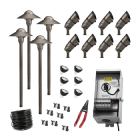 Easy-Install Kits
Easy-Install Kits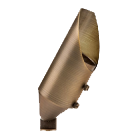 Uplights
Uplights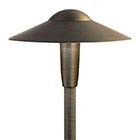 Path & Walkway Lights
Path & Walkway Lights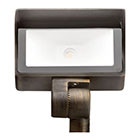 Flood & Wall Wash Lights
Flood & Wall Wash Lights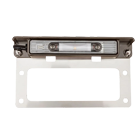 Hardscape Lights
Hardscape Lights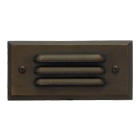 Step Lights
Step Lights Outdoor Deck Lights
Outdoor Deck Lights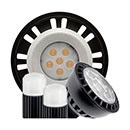 Outdoor Bulbs
Outdoor Bulbs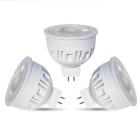 RGBW Color Lights
RGBW Color Lights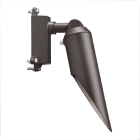 Downlights
Downlights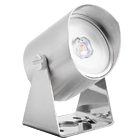 Underwater Lights
Underwater Lights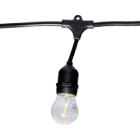 Bistro String Lights
Bistro String Lights Holiday Decorations
Holiday Decorations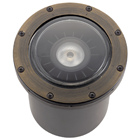 In-Ground Well Lights
In-Ground Well Lights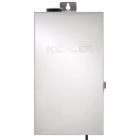 Transformers
Transformers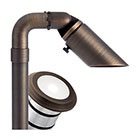 Accessories
Accessories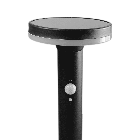 Solar Lights & Portables
Solar Lights & Portables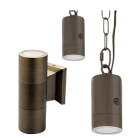 Specialty Lights
Specialty Lights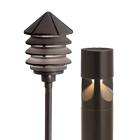 Bollard Lights
Bollard Lights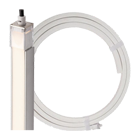 Tape Lights
Tape Lights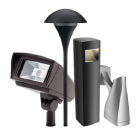 120V Landscape Lighting
120V Landscape Lighting Dark Sky Approved Lights
Dark Sky Approved Lights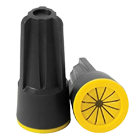 Connectors
Connectors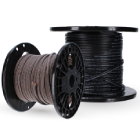 Wire & Cable
Wire & Cable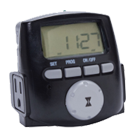 Timers & Control Devices
Timers & Control DevicesAlways Here for You.
Lighting Warehouse offers direct support to customers. We always have your back.
Save More When You Become a Customer!
Lighting Warehouse offers support to customers at home.


April 04, 2023
Table of Contents: How to Use a Multimeter
Knowing how to use a multimeter is important for anyone with landscape lighting because it’s a vital tool for assessing an exhaustive range of electrical elements. It’s wildly versatile, a breeze to operate, and its ability to streamline operations makes it a no-brainer when considering adding it to your toolbox. We’ll briefly explore the advantages behind these trusty instruments and how they, when used properly, can return multiple times their cost with just a couple of uses.
If you have yet to reap the benefits of a multimeter, it’s time to get on board with this tool that’s been around since the 1920s—plain and simple. Perhaps you already know how to use a digital voltmeter and don’t see an immediate need to upgrade. While a voltmeter is perfect for scoping out voltage drops, a multimeter is the Renaissance Man of electrical system measuring, capable of troubleshooting almost every electrical fault. No matter how often you use multimeters, there is always more you can coax out of them with the knowledge of how they work. Let’s examine how to use a multimeter to upgrade your proficiency and simplify your lighting.
Despite the seemingly complex set of controls, a multimeter is one of the easiest landscape lighting tools to use. Making sense of the terminals and symbols is important from a safety standpoint. Incorrect usage can lead to a misdiagnosis of your lighting system or even a dangerous electrical shock. Ensuring proper multimeter usage is the foundation for accurate measurements and potential savings in the future.
Time needed: 5 minutes
How to Use a Mulitemeter
For those who are unfamiliar with multimeter usage, the terminals are usually color coded, with red for positive and black for neutral or common. Some multimeters have two positive terminals: one for Voltage and Resistance and the other for Amperage.
More often than not, this is a dial on the multimeter
Holding the probes by their insulated handles, insert the black neutral wire into the outlet’s larger neutral slot before inserting the red hot wire into the smaller hot slot. ALWAYS insert the neutral probe in the neutral slot first. If you start with the hot slot, the other multimeter probe becomes energized, increasing the risk for shock.
Insert the neutral probe into the ground slot then the hot probe in the hot slot to verify if the ground wire has a complete path back to the breaker panel.
Place the black and red probes into the neutral and hot slots, respectively. As with the outlet, if the reading is significantly estranged from 120 V, there might be an issue with the transformer. Sometimes low-voltage landscape lighting transformers can get overloaded or burned out. If the transformer is an older model, it’s likely to have visible evidence of wear and tear, meaning it needs immediate replacement.
Touch the probes to the exposed copper ends to obtain a reading of 12 V. The closer to 12 V the lamp can get, the longer it’s expected to last. If it’s falling below 10 V, it might not be receiving enough power. To rule out this possibility, check connections between the lights with low power. If you have a hub, make sure the connections are secure and corrosion-free.
Now that you know how to use multimeters to check voltages, you can take the practice one step further and learn more about continuity and resistance testing. Continuity testing allows you to check if there is a full path for electricity to flow. A common use of continuity testing is checking the functionality of a power cord. Resistance, however, allows you to diagnose if there are existing issues with a circuit that could mean deterioration over time. Familiarizing yourself with these multimeter usages can make you more proficient in diagnosing issues and making any changes safely.
If your multimeter isn’t equipped with a continuity setting, no problem—you can still test the resistance. Simply turn the selection knob to Ω (ohms) and follow the same steps as the continuity testing procedure. However, instead of listening for a beep, you’re looking for a 0 and 1 on the display. If the display reads 1 or OL (Open Loop), the cord should be replaced as it lacks continuity.
The many switches and knows make the idea of knowing how to use a multimeter intimidating at the start. However, the steps above make the process approachable for anyone, from those with previous experience with a voltmeter to complete newcomers to the electrical space. However, if you require further information regarding multimeter testing, contact us, and our expert Customer Service representatives are ready to help.
Multimeter usage isn’t just limited to your indoor space. The device also works for your outdoor lighting system. You can easily measure electrical data in your outdoor outlets, the transformer, and even the fixture sockets themselves. Knowing how to use the multimeter to check voltage is key when conducting regular landscape lighting maintenance and getting ahead of problems before they grow into major lighting issues.
When dealing with electricity, protective gloves are always a must to reduce the effects of electric shock. While not necessary, protective eyewear can also be beneficial as it can protect your eyes from any foreign materials. Proper tools are always recommended when dealing with your lights to reduce damage to your fixtures while also protecting yourself when working with electricity.
In the long run, a digital multimeter is your best bet for measuring different areas of electrical data. An analog multimeter uses a physical needle to measure the same data. However, the needle can drift over time even after a recalibration. Digital multimeters bypass this issue completely and allow for an accurate reading with every use.
Want more tips on landscape lighting and the tools to make it all come together? Join our Insider list – it’s easy, it’s fast, and the discounts are unmatched in the industry.
Sign up for exclusive offers and insight into what’s new for Lighting Warehouse. Elevate your outdoor lighting today!
By inputting your email, you agree to receive recurring promotional emails to which you may unsubscribe at your discretion.
Start Building Your Landscape Lighting System Today at Lighting Warehouse!
Monday - Friday

Speak to us at 855-444-8424